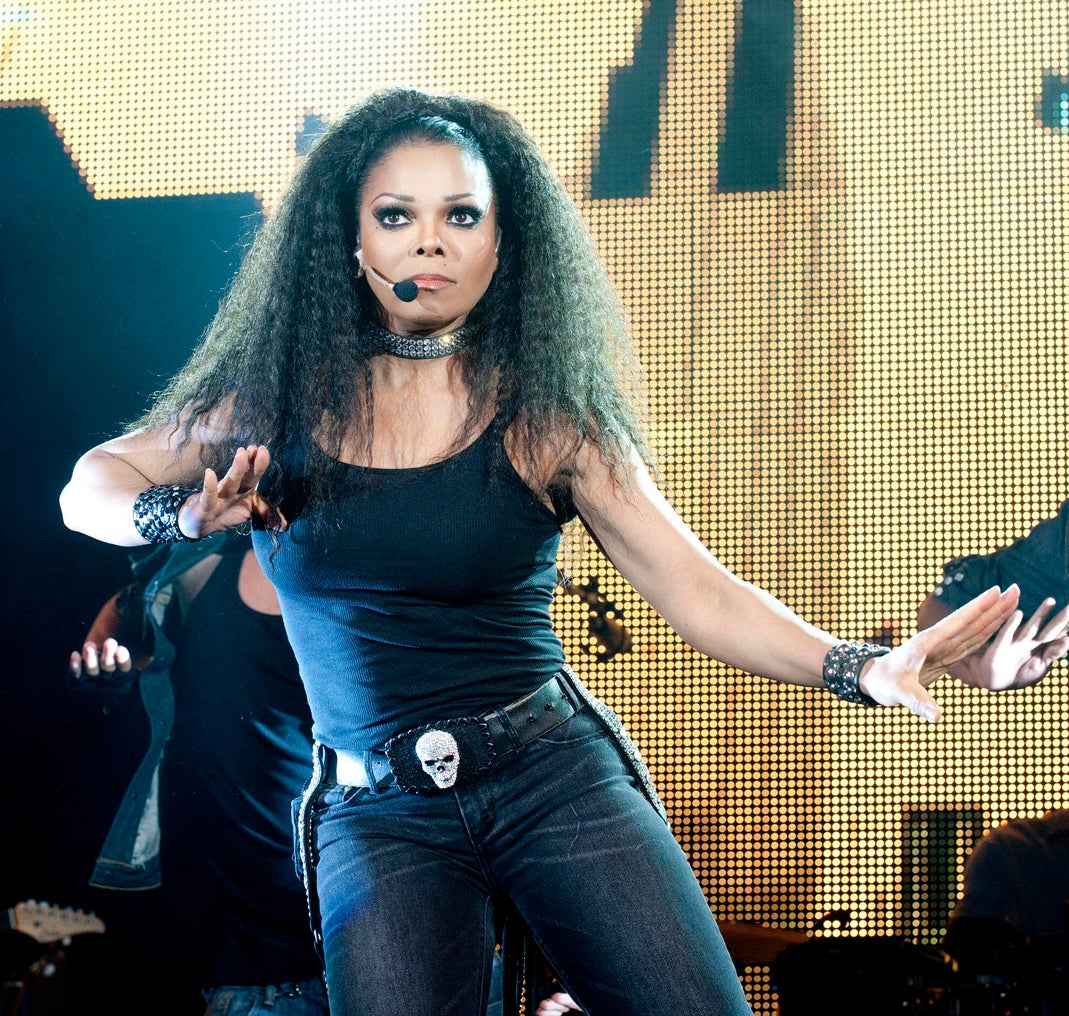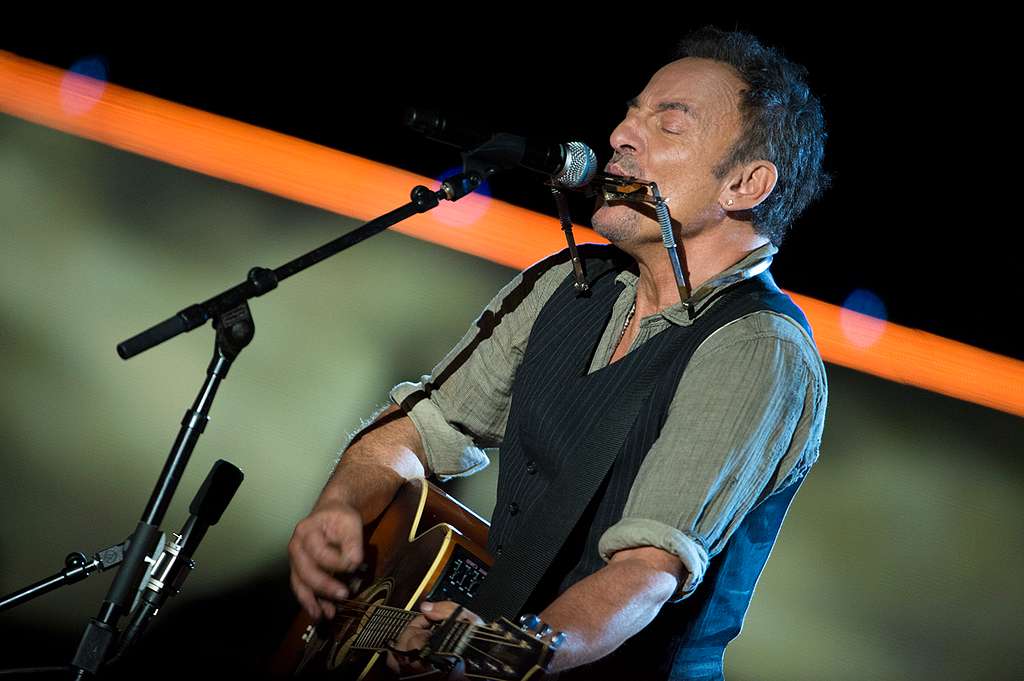Cutting-Edge Adjustments
The Sphere intends to use top-of-the-line hardware to transport viewers down the yellow brick road, including spatial audio, haptic heating, climate control, and scent integration. Topaz Video AI was used to enhance the visuals with automatic grain reduction and resolution upscaling. However, it was not used to recreate footage. Instead, machine-learning models were used to interpolate missing details when altering the original footage.
Unreal Engine was applied to the footage to reformat it into a panoramic 3D display suitable for the dome screens. Depth and extended scenes beyond their original framing were achieved using Autodesk Maya, while the audio was upgraded using Pro Tools, Sound Particles, and Dolby Atmos.
A Few Changes
Conversely, The Wizard of Oz will not use the 18K x 18K Big Sky camera system in Sphere like Darren Aronofsky’s “Postcard From Earth”, which used them for a dazzling effect. The new film will instead focus on the digital enhancement of existing footage rather than creating a new one.
The film will also not be full-length and will reportedly run for 80 minutes instead of the original 101. The shorter run time will allow the Sphere to pack more showings into its daily schedule.
Spending Big Bucks
With a budget of $80 million, The Wizard of Oz will cost an even $1 million per minute of screen time. This cost is considered an average gamble in the film industry, especially for a film as iconic as this. Published reports indicate “Gladiator 2” cost over $300 million, while “Dune Part Two” set Warner Bros. and Legendary Pictures back $195 million.
There has yet to be a formal announcement of when the reimagined film will start showing, but a May or June confirmation is likely. What’s for certain is that the legendary piece of cinema will tell a new take on Dorothy and her band of misfits.


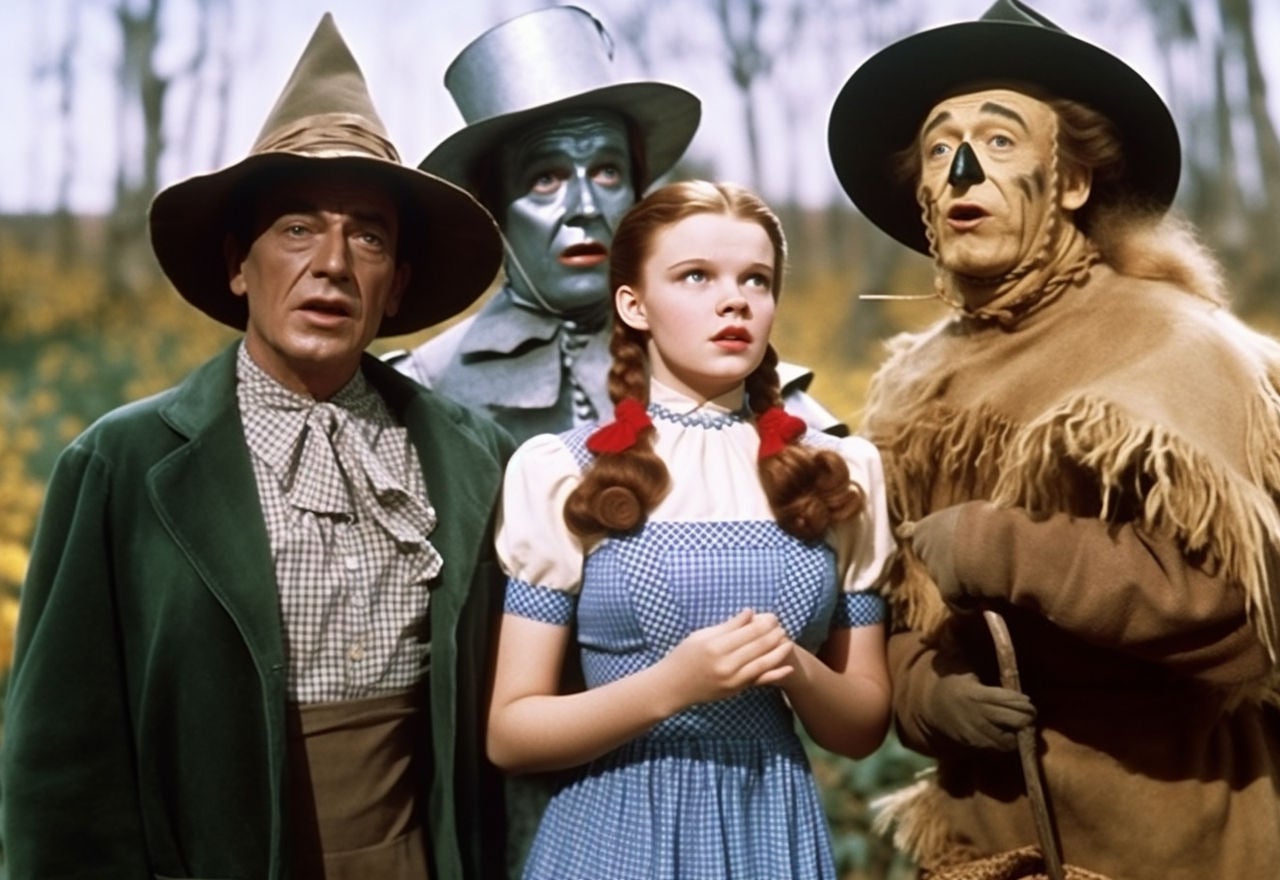

.jpg)
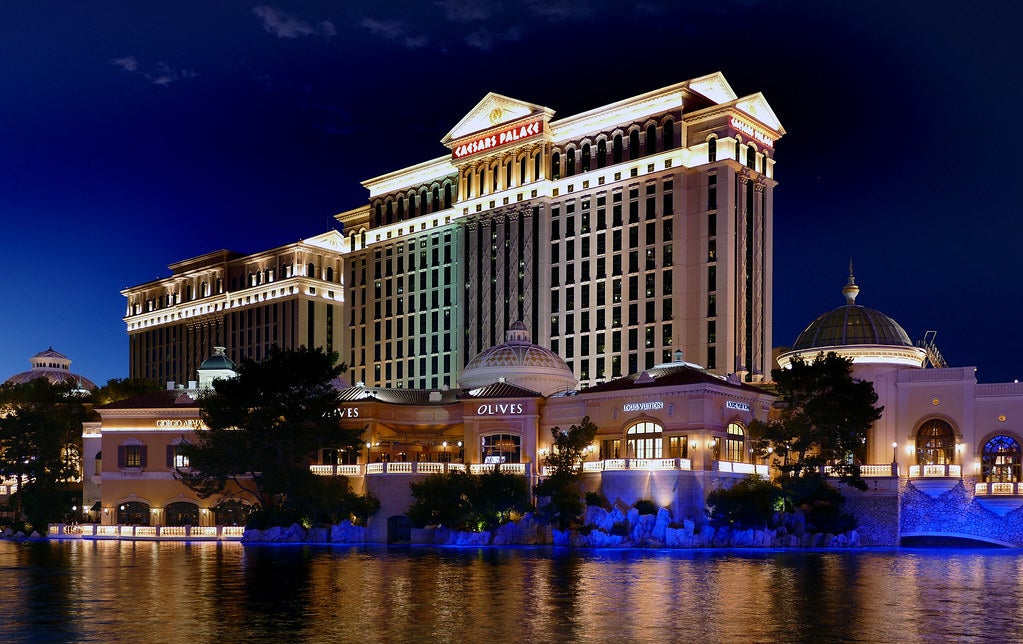
.jpg)

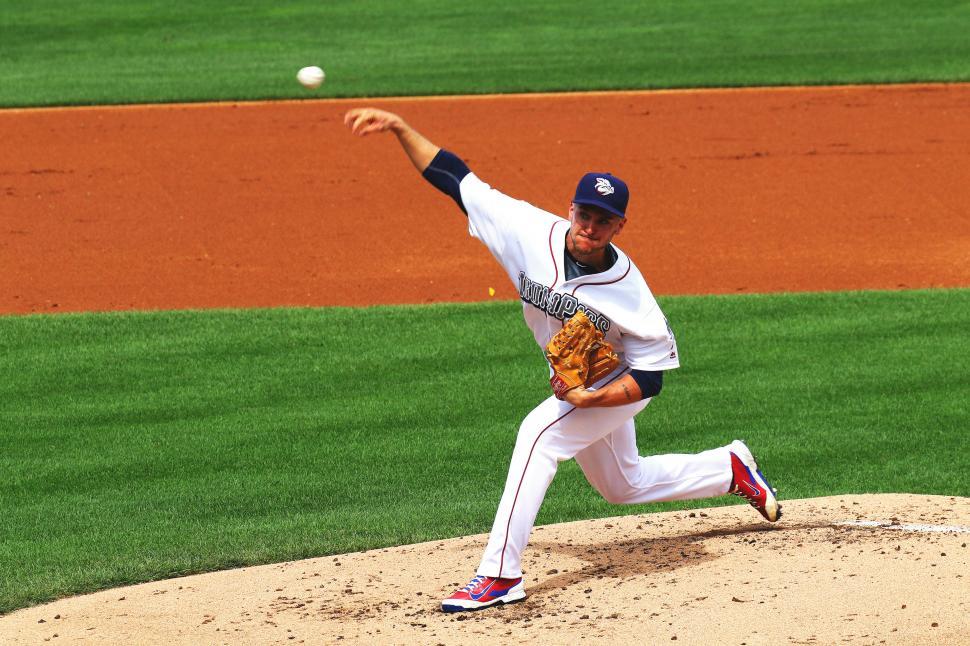
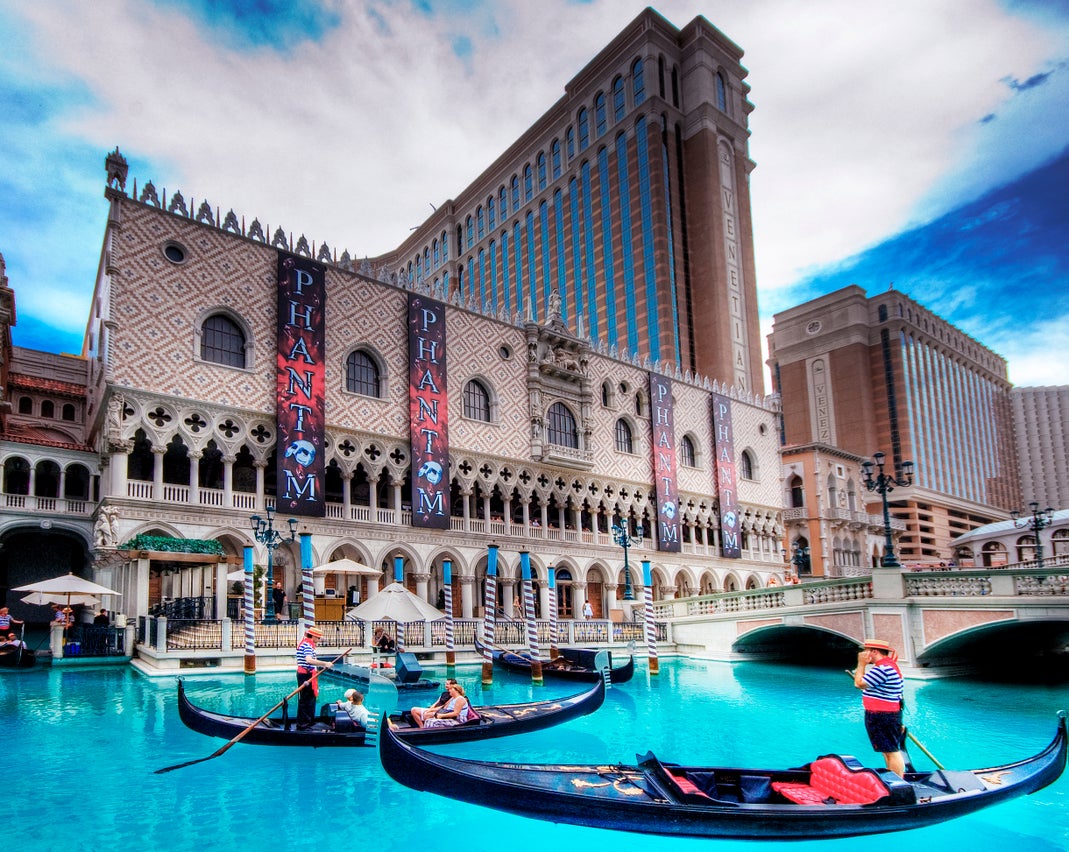
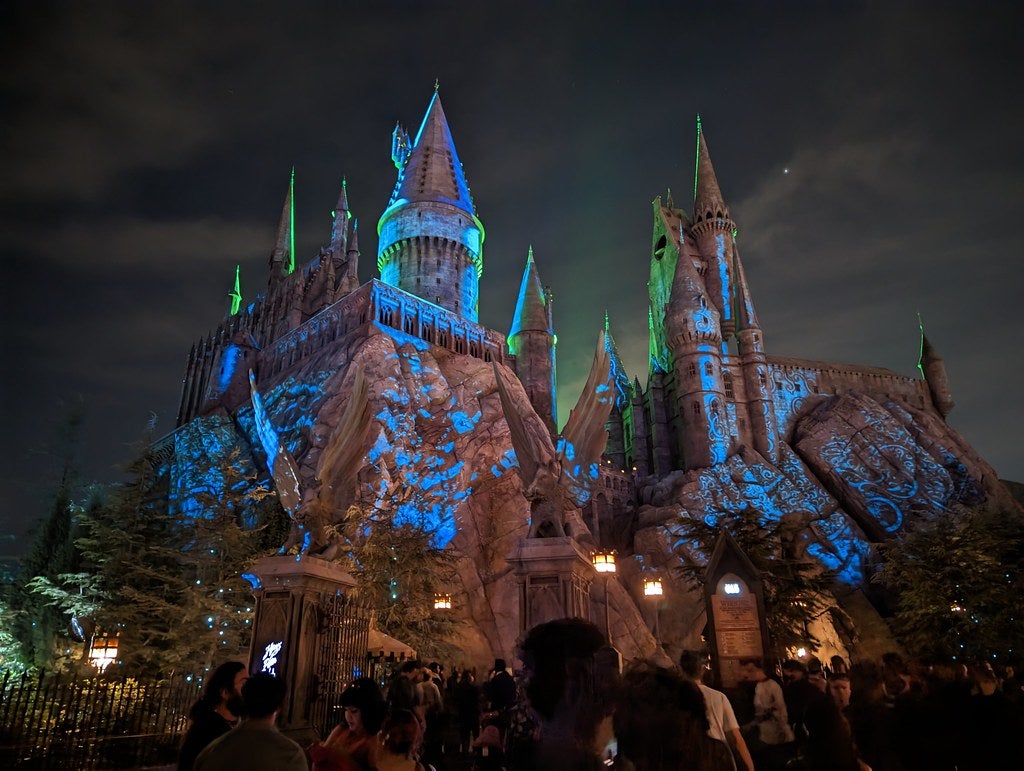
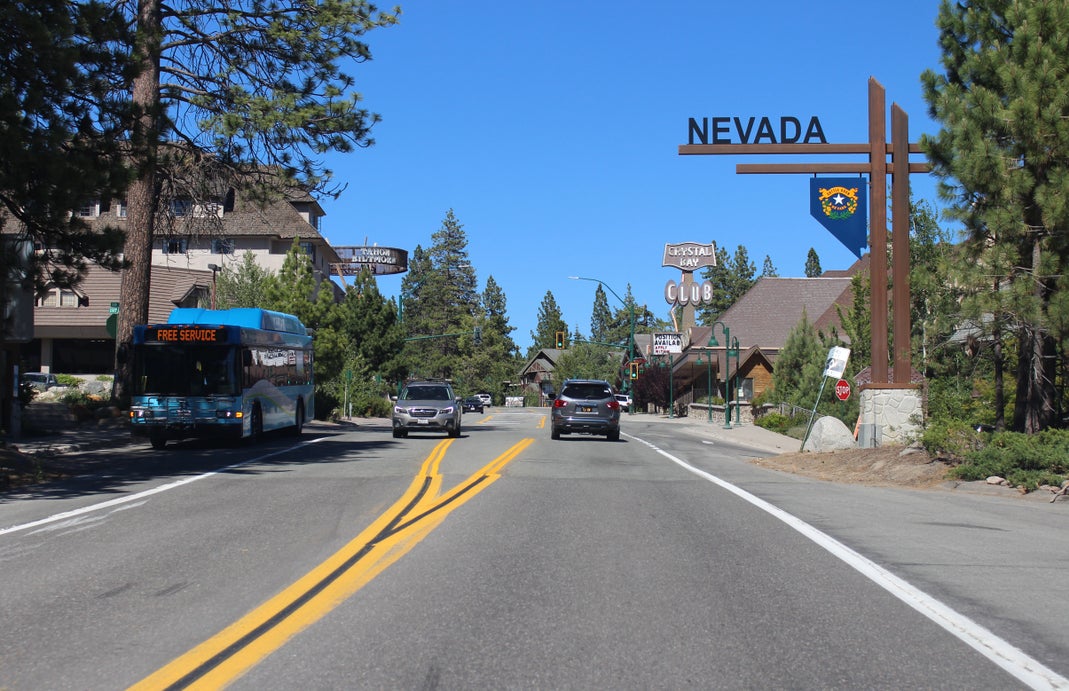
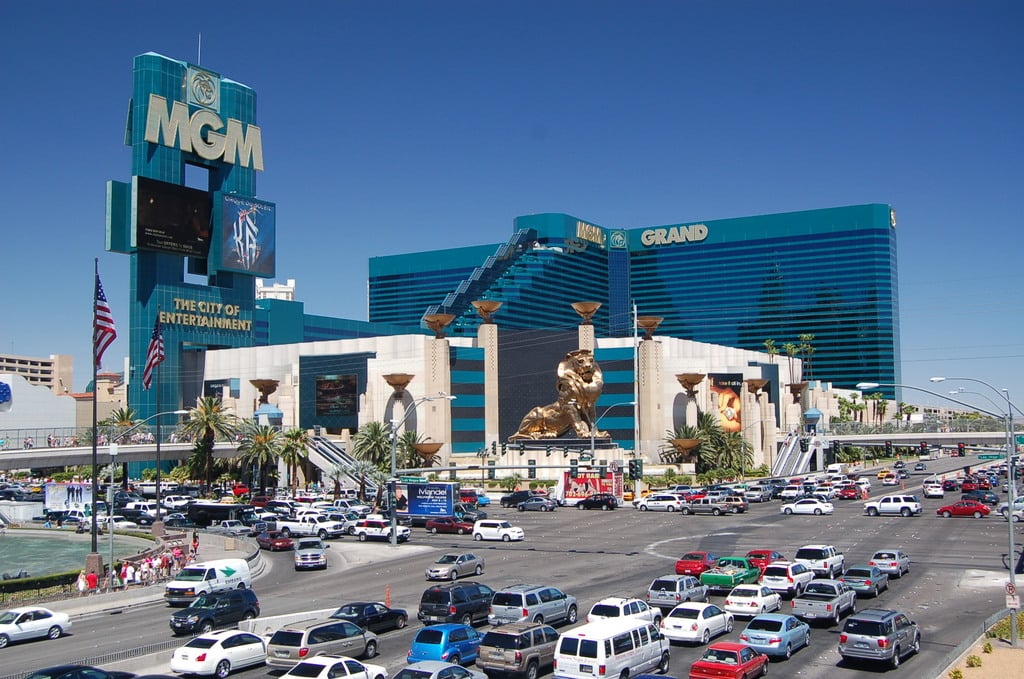
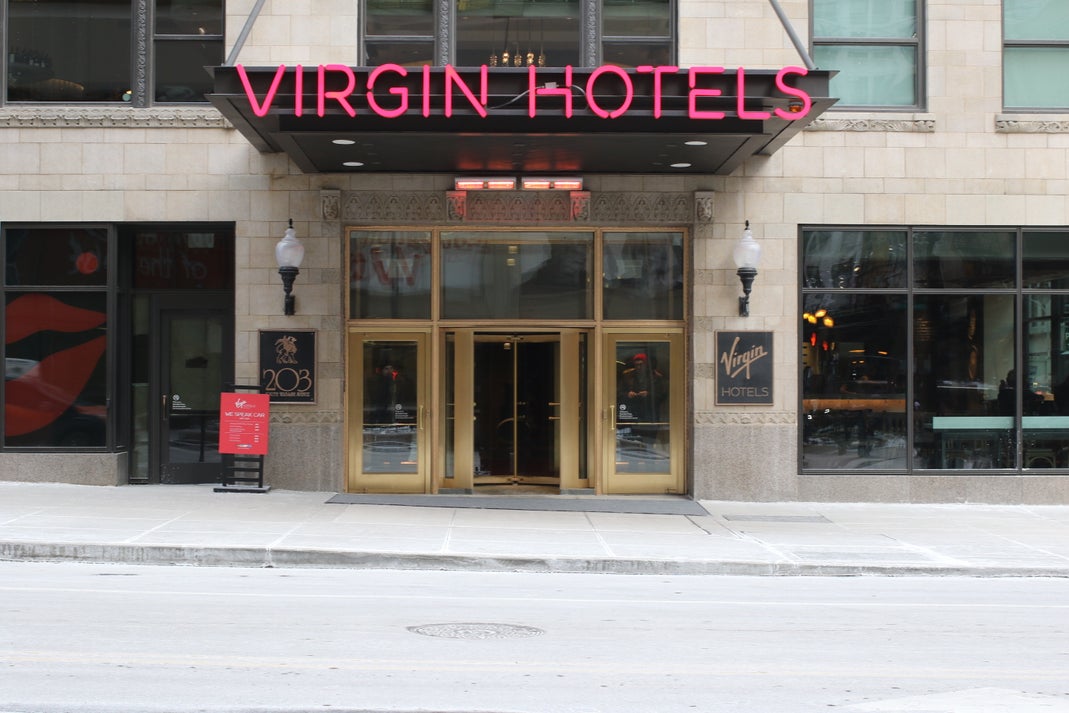

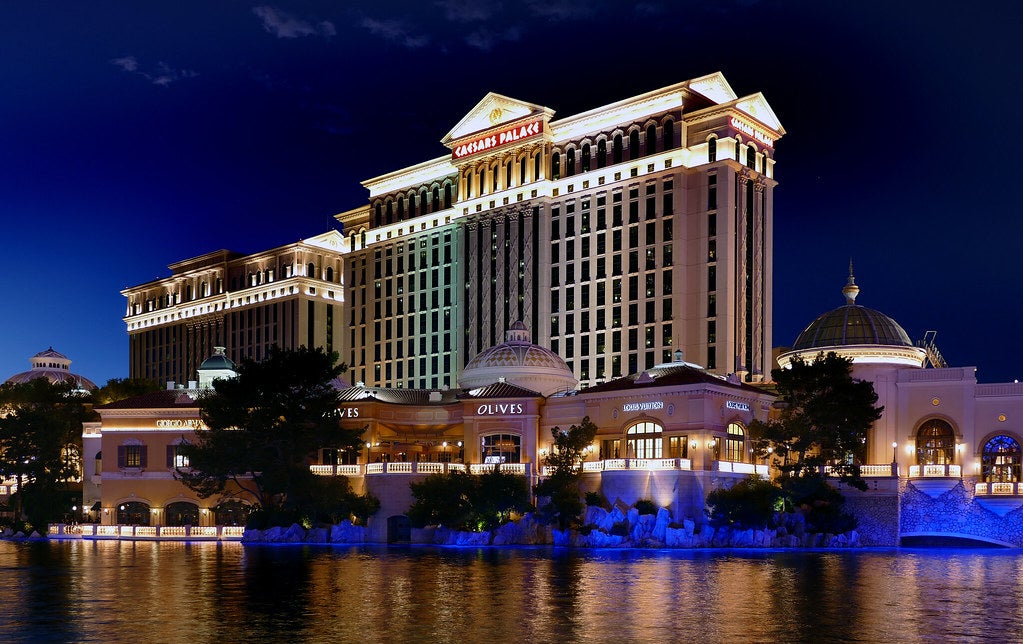
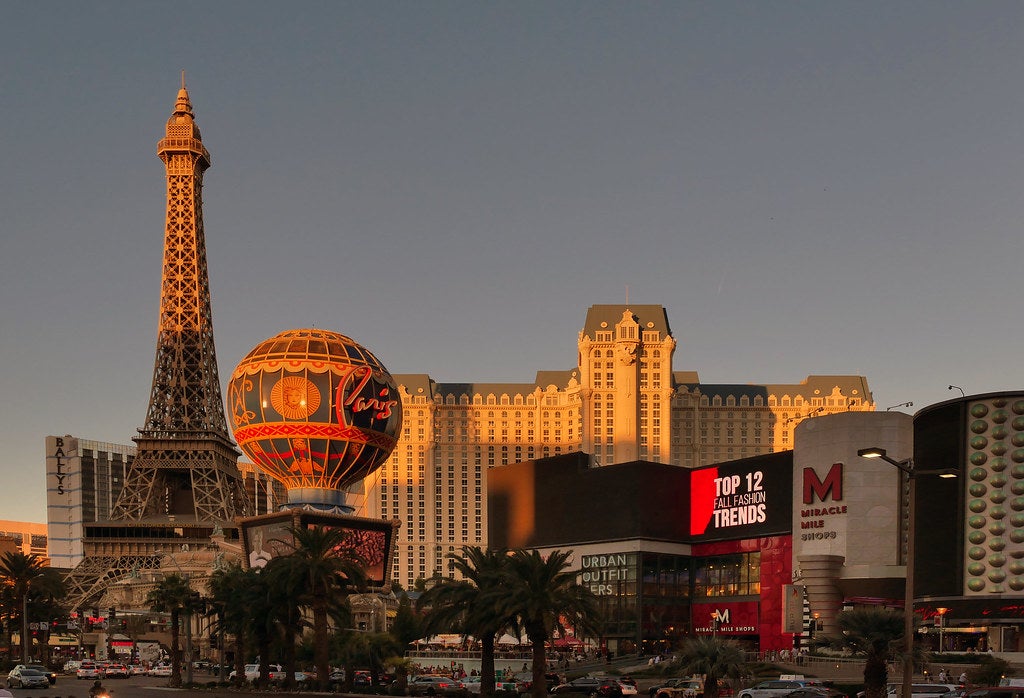

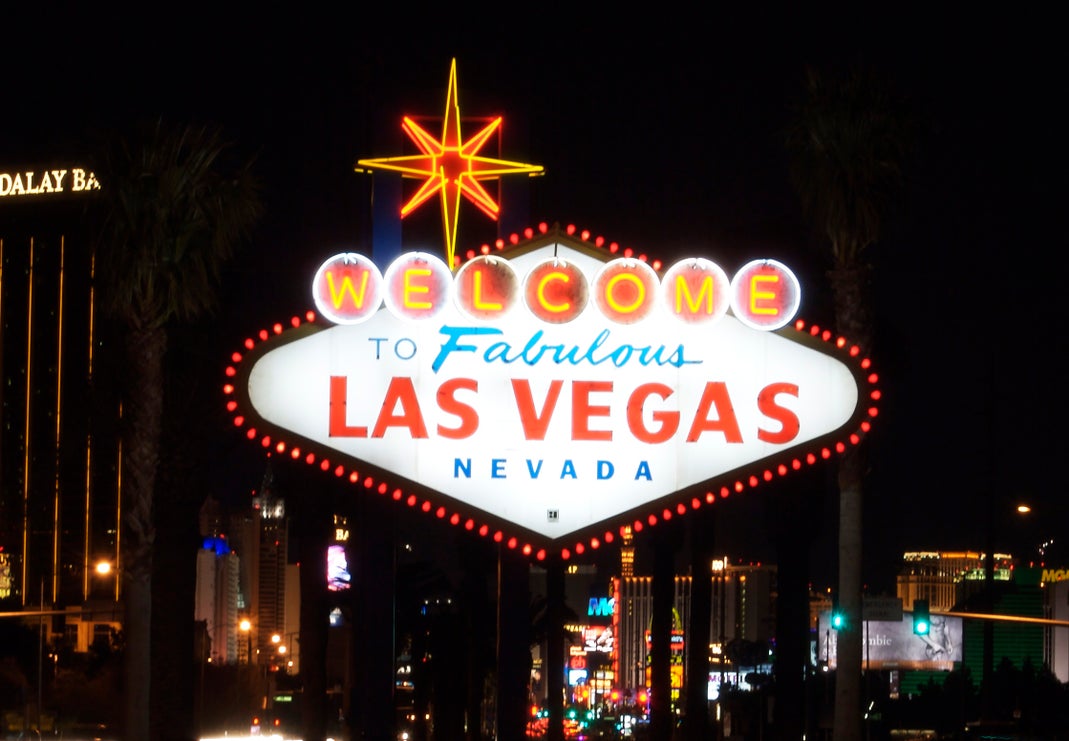
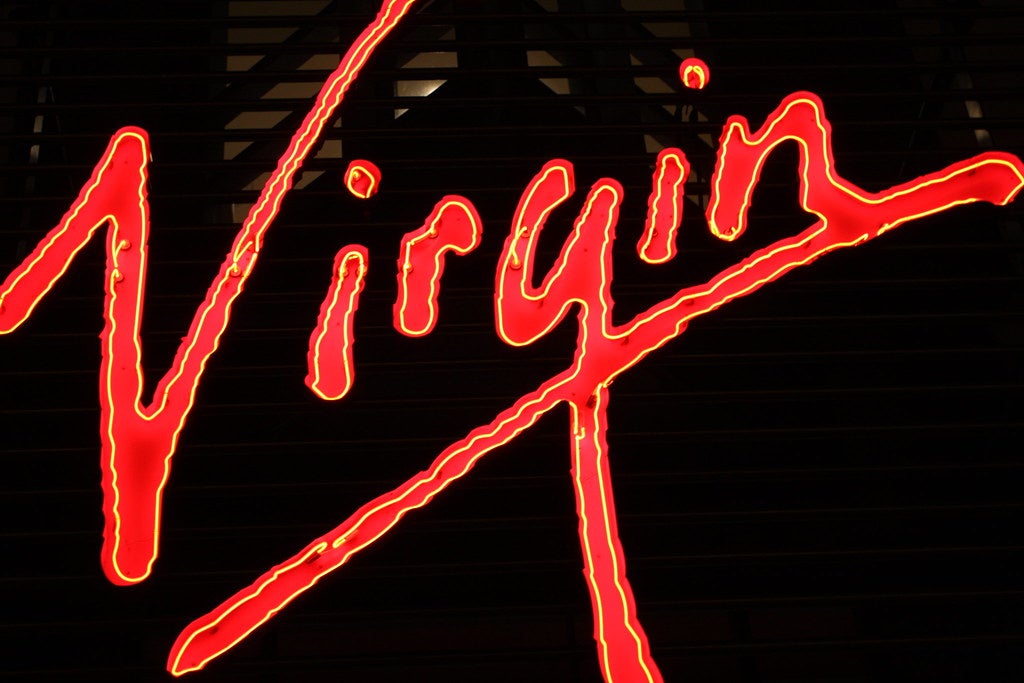
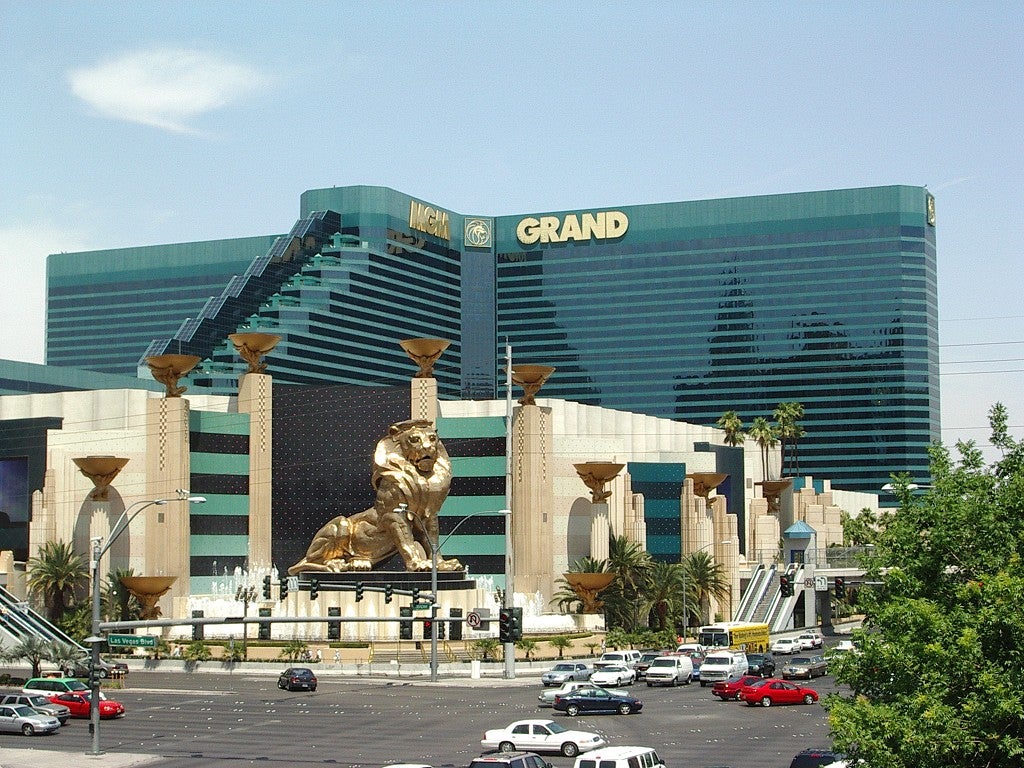
.jpg)

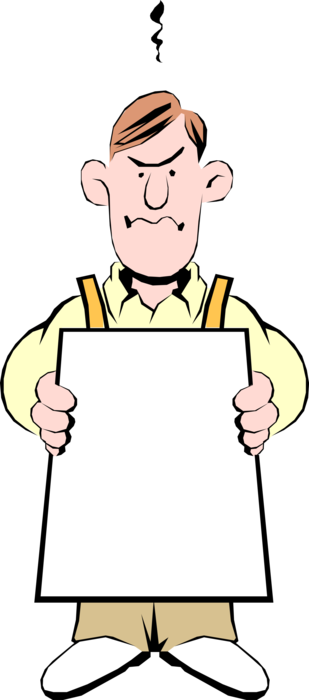
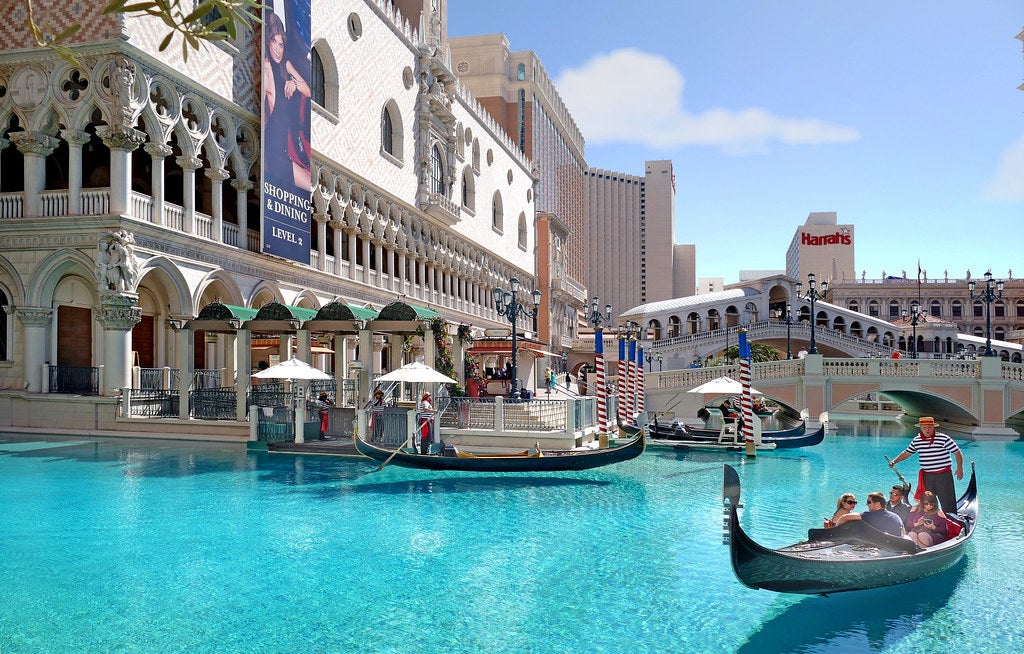
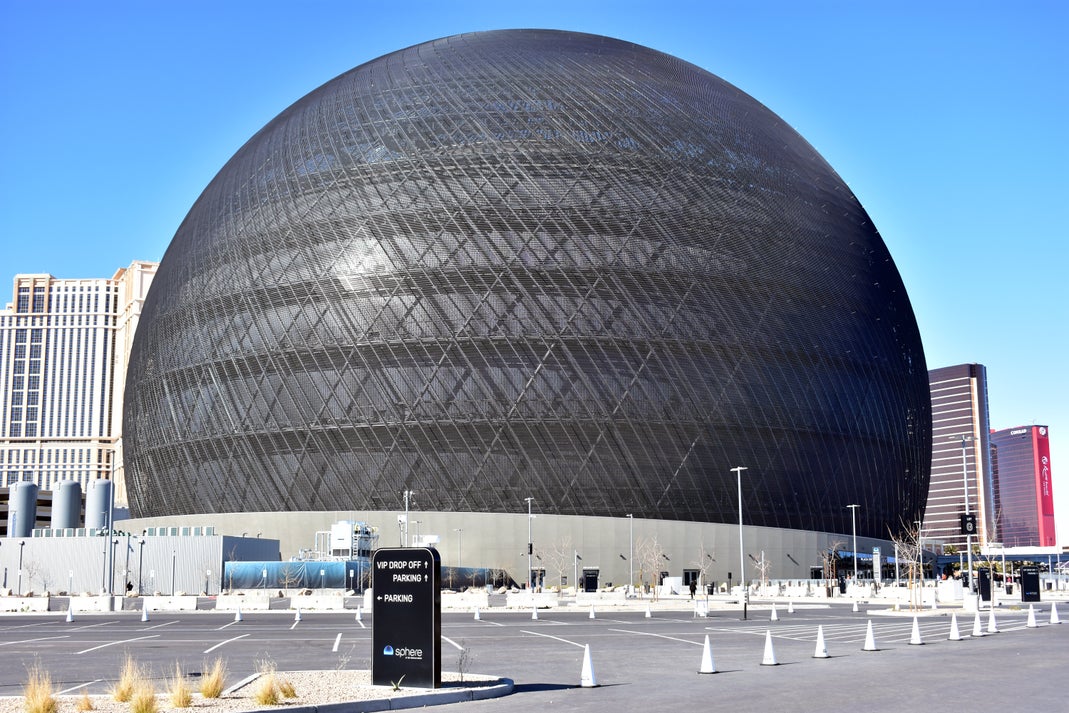
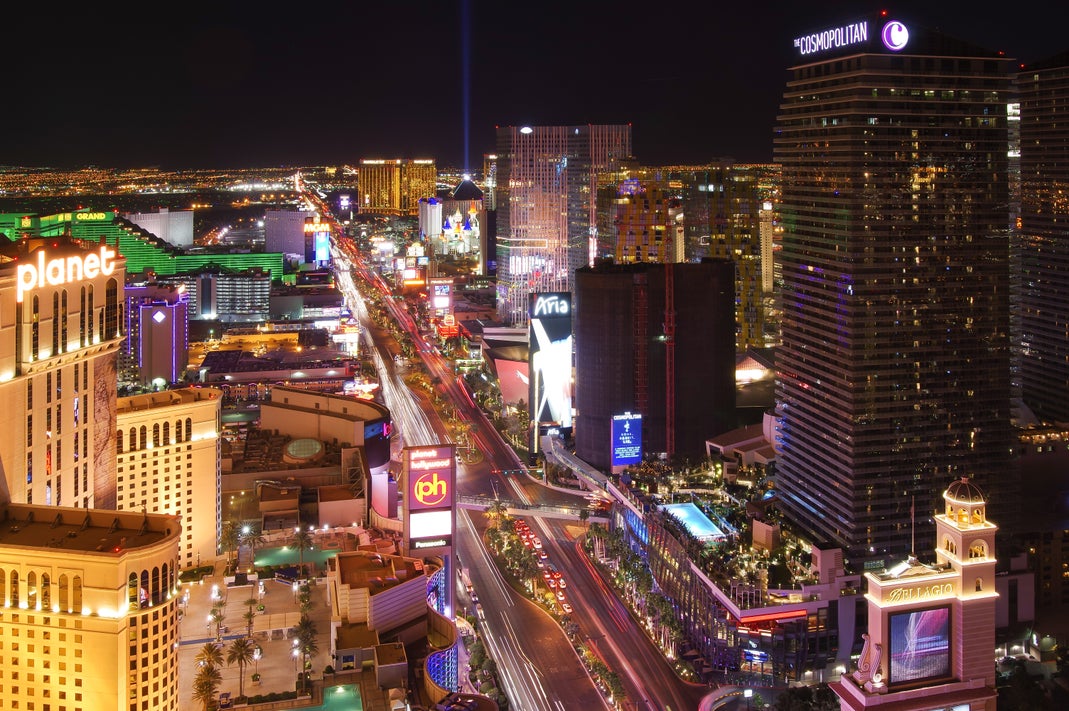
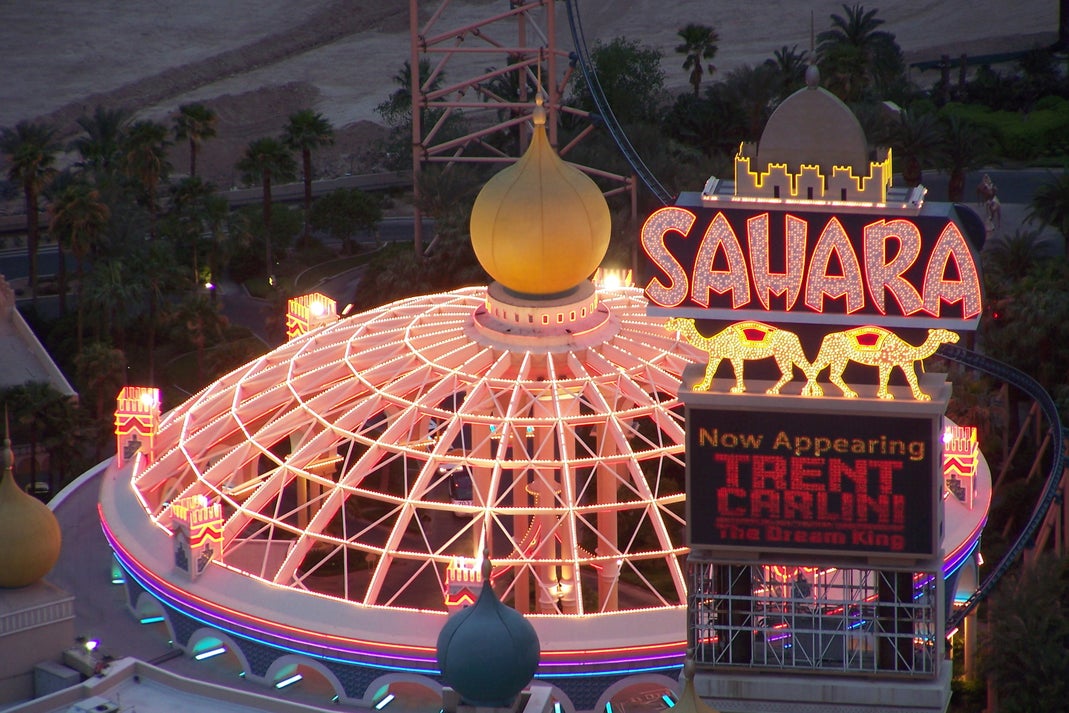
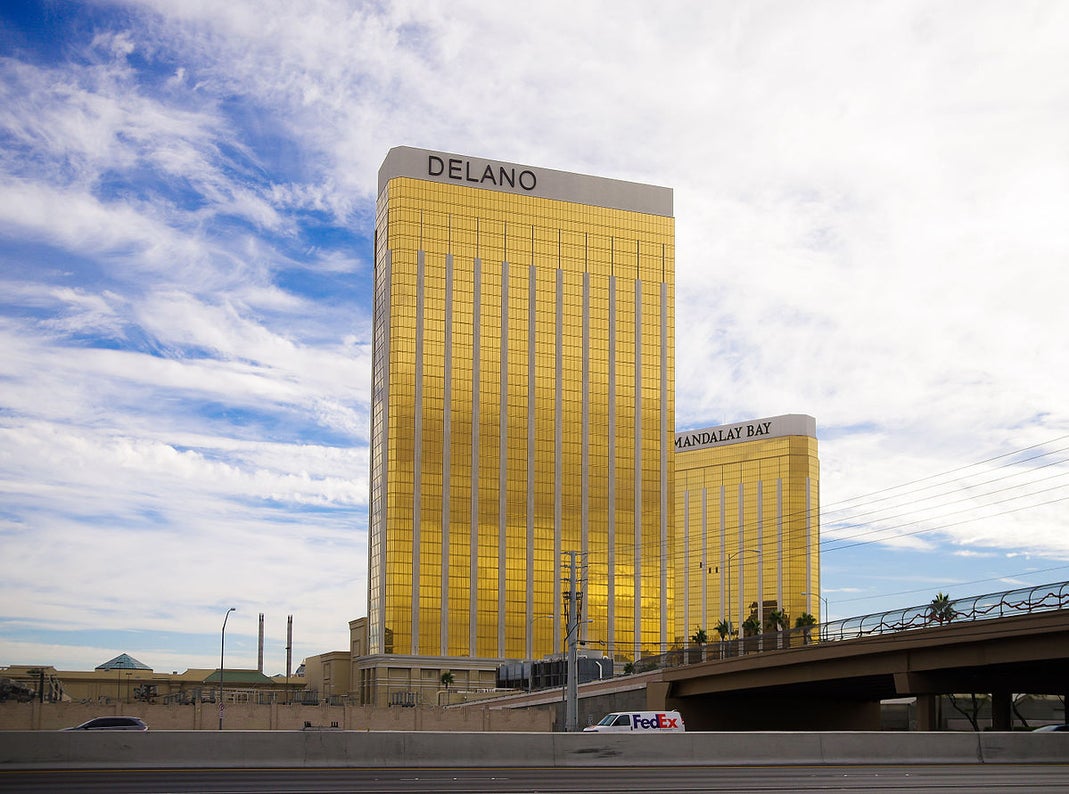

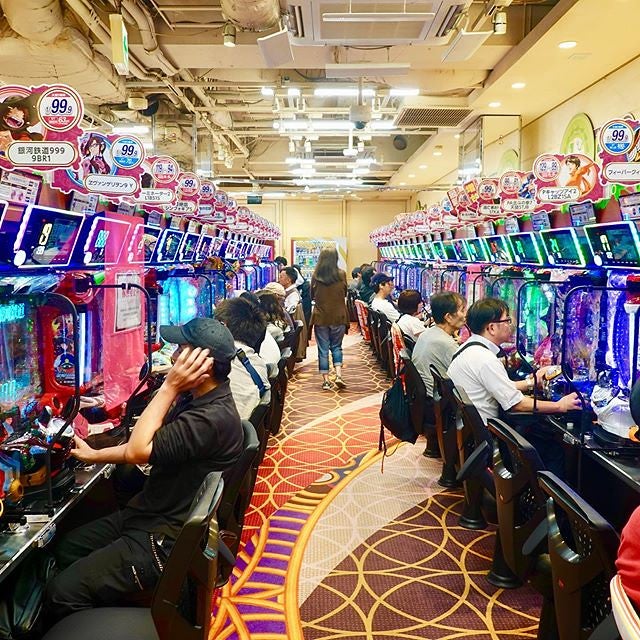

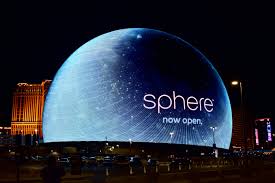
.jpg)

